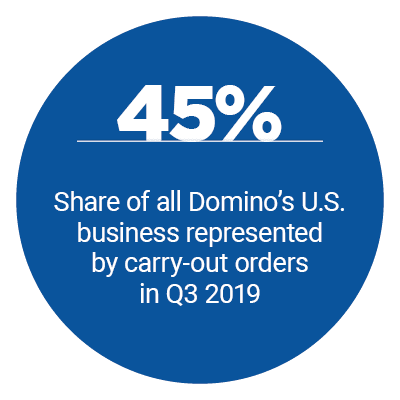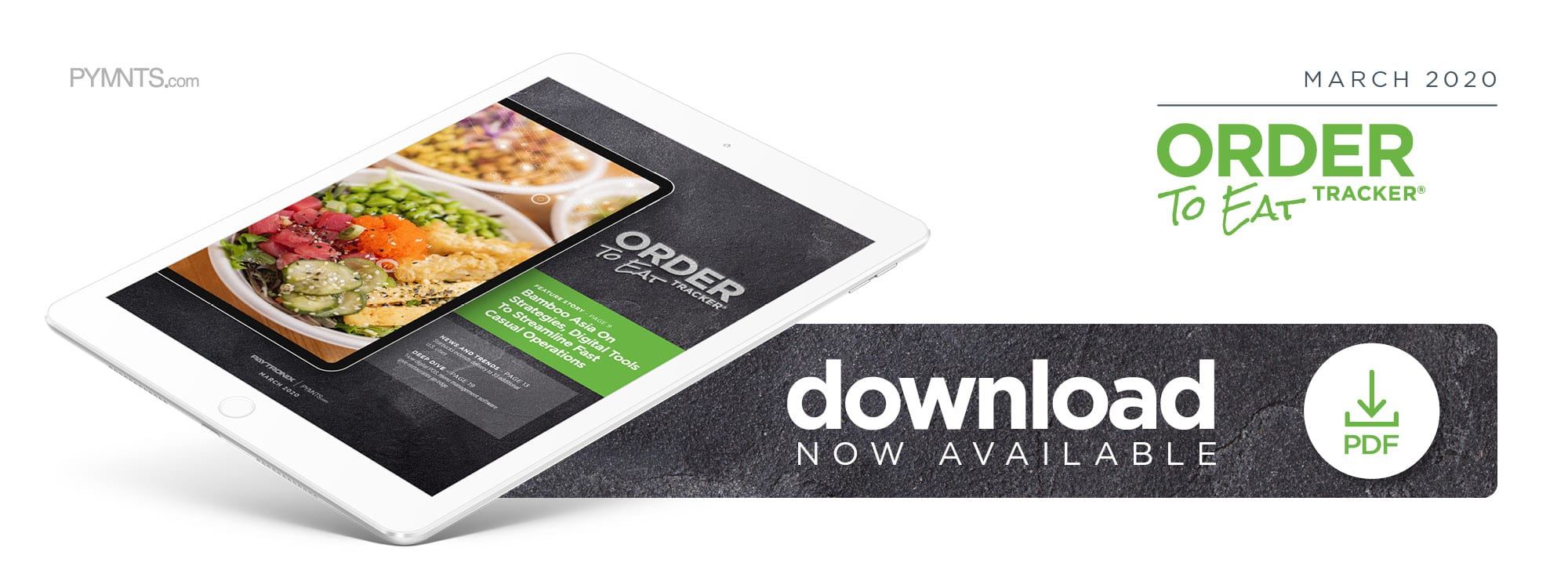How The Cloud Keeps Restaurant Inventory Less Cloudy

Keeping multiple restaurant locations well-supplied with ingredients requires precise understandings of different venues’ needs and careful logistics coordination. Inability to track and predict inventory usage can result in shortages that are detrimental to the customer experience, says co-founders Anjou Ahlborn Kay and Sebastiaan van de Rijt of fast casual chain Bamboo Asia. In this month’s Order To Eat Tracker, the pair explain how cloud-based inventory management systems ensure sufficient stock and product consistency across locations.
The coronavirus pandemic — and the resulting push for consumers to stay home and practice social distancing — has prompted many restaurants to halt table service and put new focus on eateries’ abilities to manage and fulfill delivery orders.
The popularity of ordering in is not a new trend, however, with the number of digital food orders rising 23 percent between 2015 and 2019 alone. Fast casuals, quick service restaurants (QSRs) and table service operations all have long been working to innovate their ordering services. The pandemic-related increase in demand will now give food brands a larger chance to test and demonstrate their new order-to-go technologies and approaches.
Restaurants seeking to win back customer traffic once conditions normalize may also turn to in-store ordering innovations to help. Enticing customers to return could include offering apps through which table service customers can pay their bills and order menu items, equipping wait staff with digital point-of-sale (POS) devices to help them send orders to the kitchen more quickly and accurately and even deploying artificial intelligence (AI) -powered food preparation machines. The latest Order To Eat Tracker ® examines why customers’ preference for ordering has staying power and how the latest technologies are redefining restaurants.
-powered food preparation machines. The latest Order To Eat Tracker ® examines why customers’ preference for ordering has staying power and how the latest technologies are redefining restaurants.
Around The Order To Eat Landscape
QSRs have been making efforts to accelerate order pickups, even before containment efforts for COVID-19, the disease caused by the coronavirus, discouraged dining on premises and made consumers more interested in reducing time waiting in-store. Pizza chain Domino’s implemented a new in-app capability in February called Pie Pass that lets customers alert staff when they are nearing the stores. This ensures employees can have the customers’ items assembled and ready to pass over once diners enter through the doors.
Third-party delivery provider Grubhub also has put new focus on takeout orders. The company released a package of hardware and software solutions that it and its restaurant partners can implement to better support carryout services. These include an order status tracking feature in Grubhub’s app, as well as in-store technology like kitchen displays to help restaurant staff more efficiently prepare orders. Grubhub piloted the service on Ohio State University’s campus and at 100 locations in Chicago and New York City.
orders. Grubhub piloted the service on Ohio State University’s campus and at 100 locations in Chicago and New York City.
Starbucks expanded its ordering services in the U.S. shortly before the coronavirus started to become more widespread, a coincidence that may set it up to better respond to the markets’ current emphasis on delivery. The coffee giant and its delivery partner, Uber Eats, introduced order for delivery in 33 more U.S. cities. The two already worked to provide the service in parts of Canada, the U.K. and the U.S.
For more on these and other stories, check out the Tracker’s News & Trends section.
Bamboo Asia Develops Inventory Management System To Coordinate Restaurant Supplies
Even in the best of times, it can be difficult for restaurants to manage multiple locations and keep them all fully stocked and running smoothly. That problem only gets harder when relying on recipes that require complex combinations of spices, vegetables, sauces and other ingredients. In this month’s Feature Story, Anjou Ahlborn Kay, co-founder of Japanese, Indian and Vietnamese-focused fast casual chain Bamboo Asia, and Sebastiaan van de Rijt, the brand’s CEO and other co-founder, explained designing specialized inventory management software to tackle the challenge. The two discussed how cloud-based inventory management systems can monitor and predict each location’s ingredient usage and automatically reorder supplies for product consistency.
To get the full scoop, download the Tracker.
Deep Dive: How Restaurants Leverage Digital POS, Cloud-Based Menu Management Software
Restaurants often operate on slim profit margins making it critical that they invest in the technologies that will give them the most bang for their buck. Many operators are finding that digital POS solutions and cloud-based menu management software may provide such returns. This month’s Deep Dive explores how these digital tools can help restaurants identify their most popular items, customize menus and speed up service while improving order accuracy.
Read the full Deep Dive in the Tracker.
The Order To Eat Tracker®, a PYMNTS and Paytronix collaboration, is a monthly report that examines the evolving restaurant space. The report highlights how fast food, fast-casual and QSR establishments are embracing technology, enhancing loyalty offerings and working with aggregated service providers to offer more seamless in-house and delivery ordering experiences and improve customer engagement.
